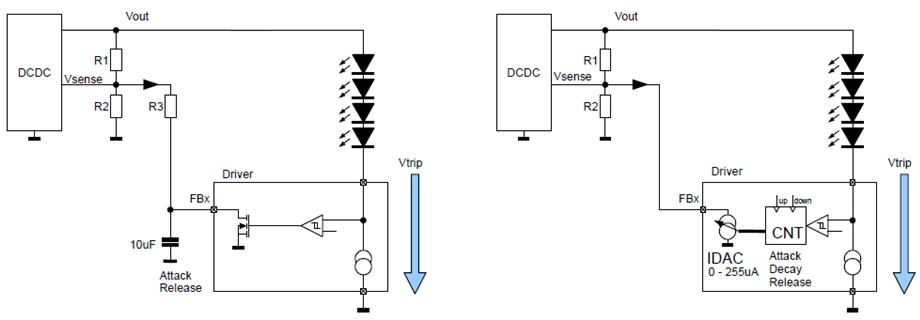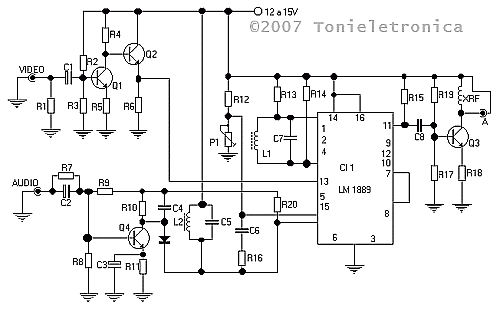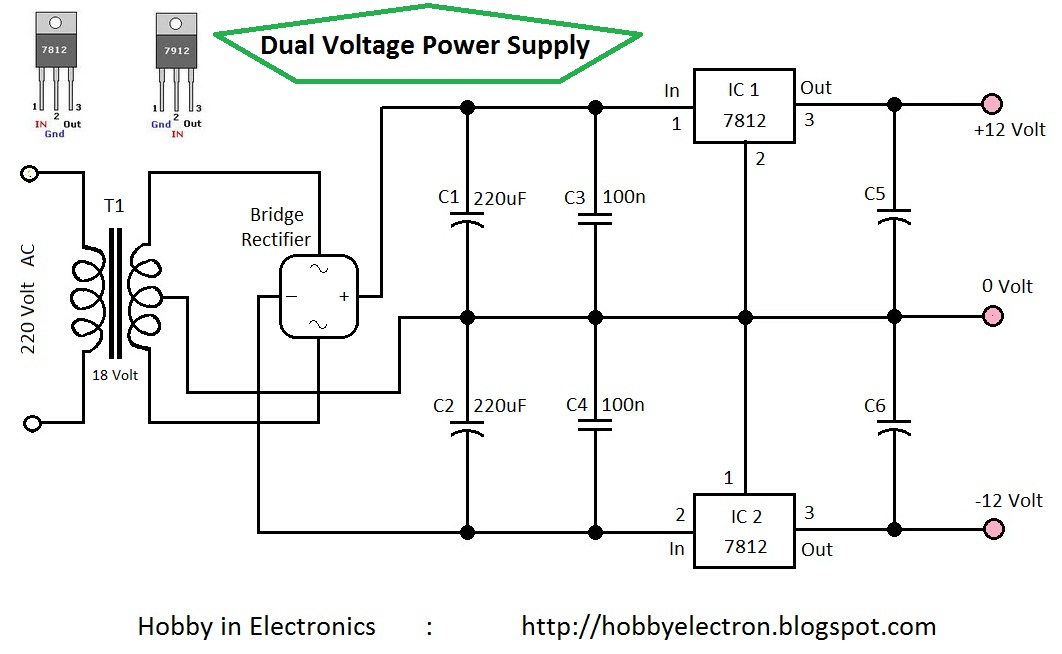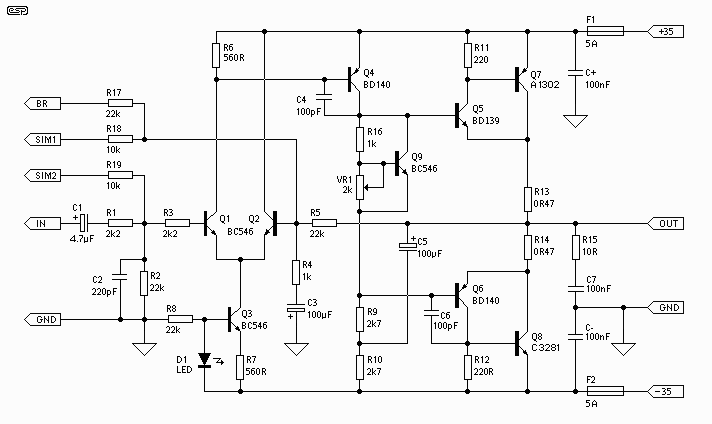
New LED driving techniques reduce power in LCD TVs

New design techniques in LED driver circuits promise to deliver significant energy savings that will help TV manufacturers meet stringent power consumption requirements.
The advancement of LED driver circuits through innovative design techniques has the potential to yield substantial energy savings, which is crucial for television manufacturers striving to comply with stringent power consumption regulations. These new methods focus on optimizing the efficiency of LED drivers, which are essential components that regulate the power supplied to LED arrays.
In traditional LED driver designs, energy losses can occur due to inefficient power conversion and thermal management. However, modern approaches utilize techniques such as pulse-width modulation (PWM), constant current regulation, and adaptive control algorithms to enhance performance. PWM allows for precise control of the LED brightness while minimizing energy wastage, making it an effective strategy for reducing overall power consumption.
Additionally, the implementation of integrated circuits (ICs) specifically designed for LED driving can significantly improve efficiency. These ICs often feature built-in protections against overvoltage and overcurrent, ensuring the longevity and reliability of the LED components. Furthermore, they may include features such as dimming capabilities and smart controls that adapt to varying ambient light conditions, further optimizing energy use.
The integration of these advanced design techniques not only aids in meeting regulatory standards but also contributes to the overall sustainability of electronic devices. As the demand for energy-efficient lighting solutions continues to grow, the evolution of LED driver circuits will play a pivotal role in shaping the future of consumer electronics, particularly in the television industry.New design techniques in LED driver circuits promise to deliver significant energy savings that will go a long way toward helping TV manufacturers meet the tough requirements for power consumption.. 🔗 External reference
The advancement of LED driver circuits through innovative design techniques has the potential to yield substantial energy savings, which is crucial for television manufacturers striving to comply with stringent power consumption regulations. These new methods focus on optimizing the efficiency of LED drivers, which are essential components that regulate the power supplied to LED arrays.
In traditional LED driver designs, energy losses can occur due to inefficient power conversion and thermal management. However, modern approaches utilize techniques such as pulse-width modulation (PWM), constant current regulation, and adaptive control algorithms to enhance performance. PWM allows for precise control of the LED brightness while minimizing energy wastage, making it an effective strategy for reducing overall power consumption.
Additionally, the implementation of integrated circuits (ICs) specifically designed for LED driving can significantly improve efficiency. These ICs often feature built-in protections against overvoltage and overcurrent, ensuring the longevity and reliability of the LED components. Furthermore, they may include features such as dimming capabilities and smart controls that adapt to varying ambient light conditions, further optimizing energy use.
The integration of these advanced design techniques not only aids in meeting regulatory standards but also contributes to the overall sustainability of electronic devices. As the demand for energy-efficient lighting solutions continues to grow, the evolution of LED driver circuits will play a pivotal role in shaping the future of consumer electronics, particularly in the television industry.New design techniques in LED driver circuits promise to deliver significant energy savings that will go a long way toward helping TV manufacturers meet the tough requirements for power consumption.. 🔗 External reference





